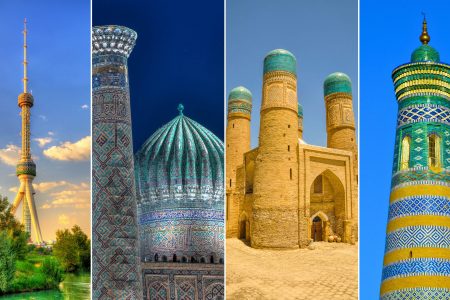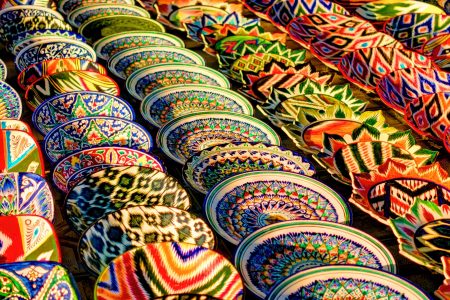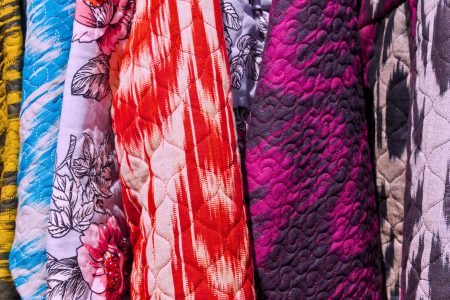The city was first mentioned in Narshahi’s novel “History of Bukhara” in the 10th century in the form of “Nur” (named after the famous “Nur” spring, which is located in the city). Secondo le leggende locali, la città risale all’epoca di Alessandro Magno. The city was later named “Nurota” in honor of famous Shayx Abulhasan Nuriy (9th century) who lived here. This territory is considered one of the line of the Silk Road as a branch of caravans passed through Nurota. Besides that, it was considered the most advanced trading center as well as it played a huge role in the strategic military. For a long time only “Nur” fortress was the second gateway to Bukhara and Samarkand oases after Jizzakh. Nurata (historically “Nur”) is a remote city in the north of Bukhara, which lies on the border of a culturally settled and nomadic area. The local Oghuz Turks first settled in Khorasan and then on the peninsula of Asia Minor in front of Nurata oasis and founded the historically famous Seljuk state (11th century). Many caravans came to Nurata via Tosh yo`li (old stone road). Le truppe di Gengis Khan entrarono a Bukhara da questa strada (nel gennaio 1220) a Nurata. Per questo motivo la Tosh yo`li (strada di pietra) è chiamata anche “strada del Khan”. Nurata era un’importante fortezza strategica per i Samanidi e non solo.
Nurata’s immense wealth is its marble field. I prodotti semipronti e pronti dell’impresa industriale “Nurotamarmar” della città sono ben noti non solo sul mercato uzbeko, ma anche su quello mondiale.
Le arti e i mestieri popolari si sono sviluppati fin dall’antichità. La carpenteria, il fabbro, l’idraulica, l’edilizia, la ceramica, la lavorazione del rame, il ricamo e i gioielli realizzati dai maestri di Nurata sono sempre stati molto richiesti.
Remains of old Nurata castle (also known as Alexandria, Alexander’s castle), the walls of the defensive wall (approx. 4th -3rd centuries BC), the mosque “Chilustun” (early 9th -20th centuries), “the great Dome Mosque ”(16th century),“ Sayidota ”,“ Oqmasjid ”,“ Bargso’z ”mosques (late 19th -early 20th centuries) and others have been preserved as architectural and historical monuments.
La natura misteriosa della sorgente di Nurata è dovuta alla sua posizione naturale e alle proprietà curative della sorgente. Inoltre, gli elementi di fosforo presenti nell’acqua di sorgente fanno brillare l’acqua e i pesci e li rendono attraenti. L’acqua della sorgente di Nurata scorre alla velocità di 290 litri al secondo attraverso migliaia di chilometri di cunicoli. La temperatura dell’acqua di sorgente è di +19,5 gradi in inverno e in estate.
Per migliaia di anni, la sorgente non è mai stata congelata perché contiene numerosi minerali in acqua curativa potabile. Si è scoperto che l’acqua di sorgente è composta da una sostanza, l’elemento oro, che è una cura per le malattie intestinali. Da tempo si ritiene che lo iodio nell’acqua sia una cura per il gozzo, una rara malattia del bromo e dei nervi. L’elemento argento presente nell’acqua di sorgente contribuisce a mantenerne la freschezza.
Inoltre, il Santuario di Nurata è uno dei luoghi più amati dai turisti.



